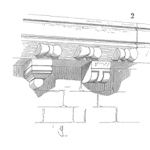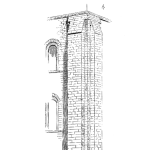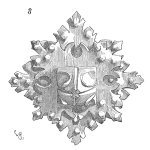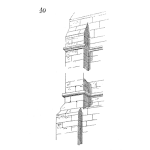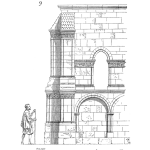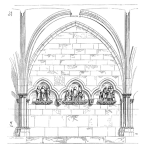
In the ever-evolving landscape of engineering and design, strategic frameworks play a pivotal role in deciphering the intricate dynamics of customer satisfaction. Consider, for example, the Kano Model of Customer Satisfaction, brainchild of management science professor, Noriaki Kano. This model offers a nuanced approach to understanding the diverse aspects of customer satisfaction, making it a valuable tool for engineers and design professionals as they transition from problem definition to ideation and prototyping. [Read more…]



